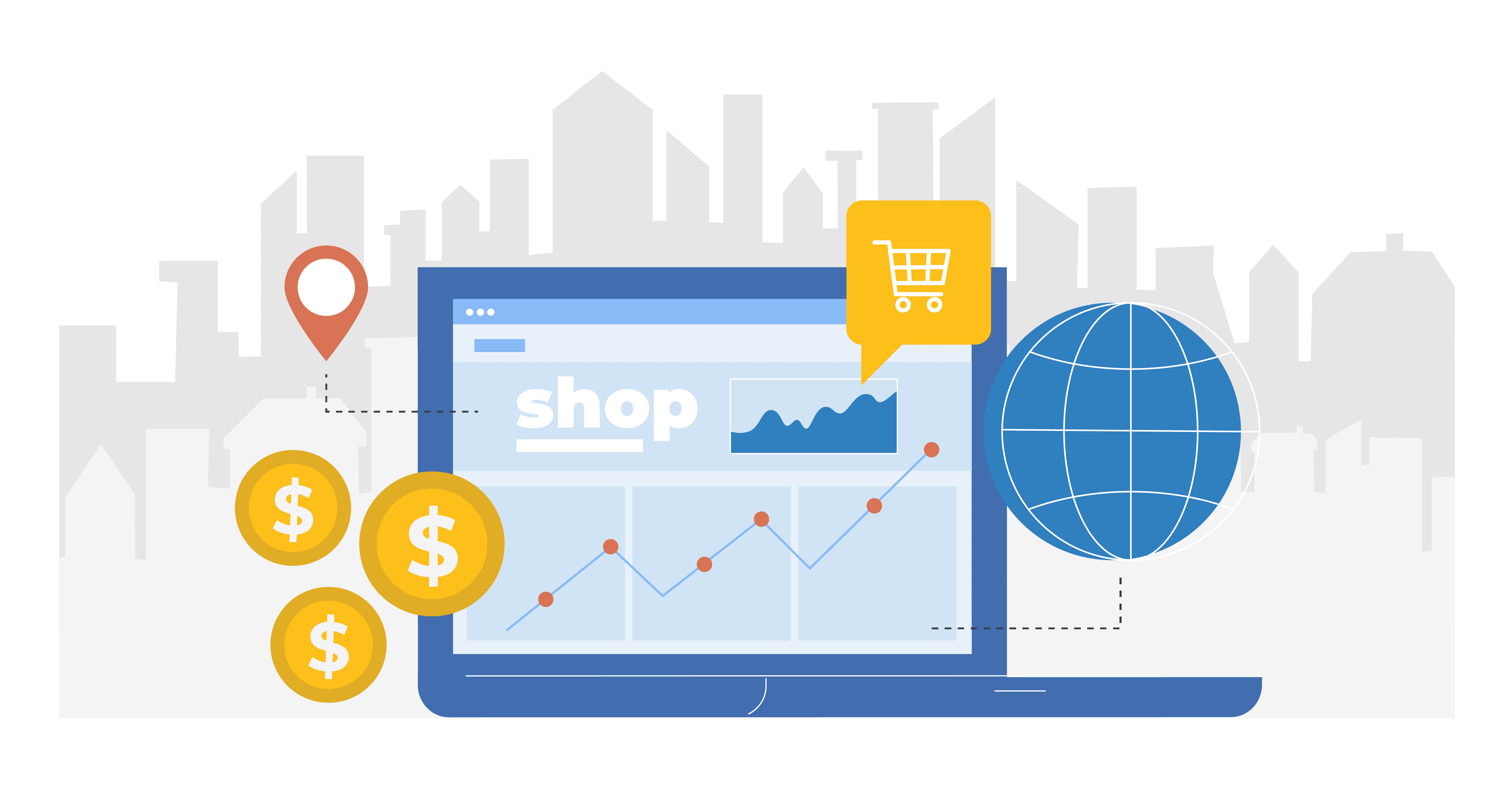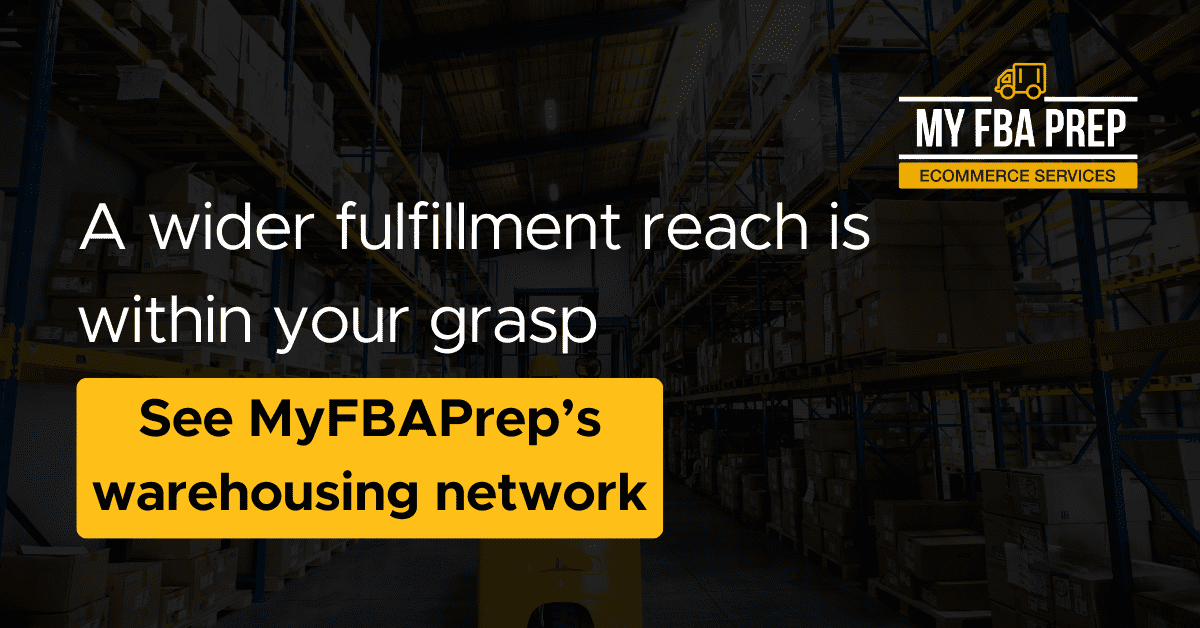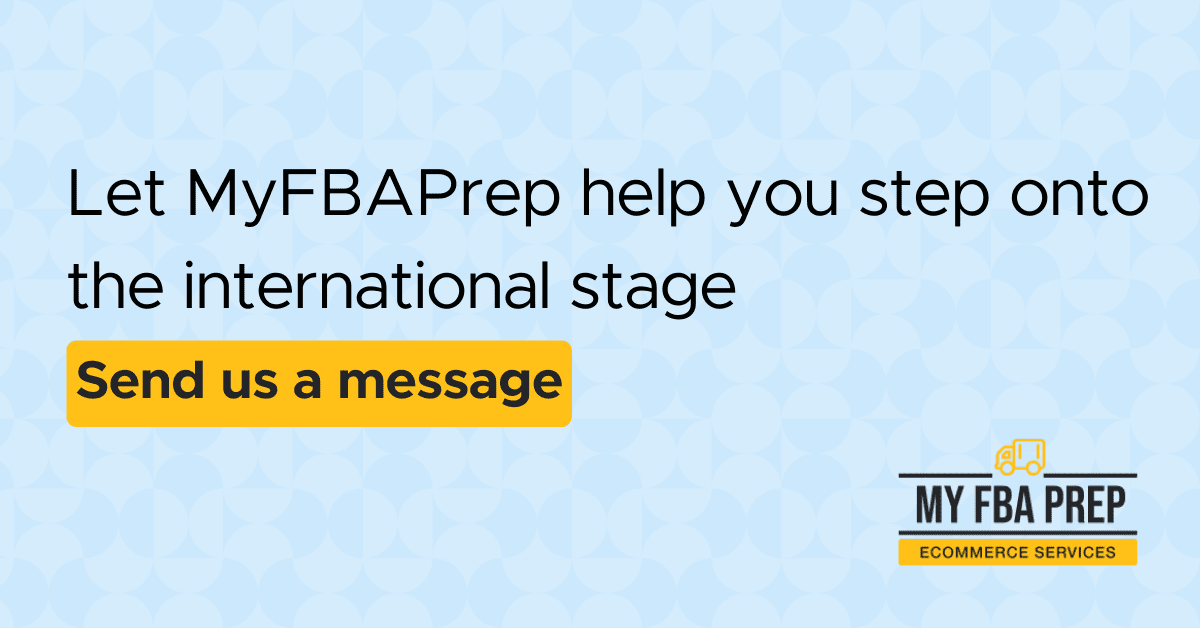
How to Take Your eCommerce Store Global

Selling online allows you to reach a whole world of customers at your fingertips. If you’re only serving consumers in your town, region, or even country, you are missing out on valuable growth opportunities.
Expanding your eCommerce business into international markets is a potent strategy for scaling your eCommerce store and reaching even more customers.
At the same time, global expansion can be overwhelming. There are a lot of i’s to dot and t’s to cross as you navigate the various processes involved in taking your eCommerce store global. Thankfully, we’ve rounded up the steps on how to take your eCommerce store global.
The power of global eCommerce expansion
The rise of eCommerce has brought us all far closer, across oceans and islands. For eCommerce stores, it’s crucial to take advantage of the ability to sell internationally.
Global eCommerce is the process of selling your goods to customers in foreign countries. Unlike local eCommerce where you only sell to customers residing in the same country as your store, global eCommerce lets you reach customers from all corners of the globe. Your reach will expand, and your sales will increase, allowing you to build loyal communities in exciting new markets.
While 2020 may have been a challenging year for many, the eCommerce industry saw unprecedented growth. Every market experienced double-digit growth, with Latin America having the largest growth at a 36.7% increase.
The growth trend doesn’t look to be slowing down any time soon. Global eCommerce sales are forecasted to hit $5.5 trillion this year and surge past $7 trillion by 2025.
If those numbers tell us anything, it’s that a plethora of opportunities lie within expanding your store globally.
Other benefits of taking your eCommerce store global are:
- Greater access to new customers
- Shorter sales cycles
- Improved product-market fit
- Building your international presence
- Easier expansion into new markets
- Decreased sales and support costs
Plus, most eCommerce platforms, marketplaces, and storefronts have made it easier than ever to sell in foreign countries. Global expansion really is just a few steps away for your eCommerce store.
Steps to take your eCommerce store global
International eCommerce expansion isn’t a case of clicking a button and watching the global sales roll in. Expanding your store globally requires careful planning, expert partners, and a few handy tools.
Research the market — is there a good product-market fit? Who are your competitors? How can you increase visibility? There are a lot of questions to answer before expanding your eCommerce store.
From finding the perfect fulfillment partner to navigating taxes and localizing your eCommerce strategy, we’re sharing key steps to follow when taking your eCommerce store global.
Identify and analyze target markets
Before diving straight into selling your products everywhere and anywhere, do your research. Identify the markets you want to expand into and analyze potential performance.
After all, there’s no point in investing in a new market, if you won’t be able to reap the rewards.
Analyze the target markets you are most interested in by looking at:
- Product-market fit
- Any potential restrictions or limitations to cross-border selling
- eCommerce market research
- Competitors
- Keyword research
The above data will all give you valuable insights into the potential growth opportunity in your chosen market. Repeat this research for each of your chosen markets and, where possible, speak to potential customers directly through audience surveys and interviews.
Find an international fulfillment partner
Shipping to international customers from your country of origin will quickly get expensive.
Reduce shipping costs while speeding up deliveries by working with an international fulfillment partner.
Your eCommerce fulfillment partner should be equipped to handle international warehousing and storage. Utilizing warehouse facilities close to your international customers will reduce shipping costs, improve efficiency, and minimize delivery windows. At MyFBAPrep, we work with a network of warehouses, handling multi-warehouse fulfillment set-ups for eCommerce and DTC merchants.
We’ll store your products, manage shipping, and do all of the quality checks you’d expect from a fulfillment partner. We’ll even scale alongside your business, growing your warehousing and storage needs as your business grows. Not forgetting, unexpected roadblocks will become a thing of the past as we seamlessly manage item prep and delivery from our international network of warehouses.
Get a tax calculator on your website
Taxes, import duties, and customs charges — the tax implications of selling across borders can get somewhat complicated.
Each country has its own tax rules and regulations for international imports. Before selling into another country, read up on the international laws and taxes such as import duties, tariffs, value-added tax (VAT), and other tax obligations.
Help customers understand the expected taxes by adding a tax calculator to your website. A tax calculator will minimize customer confusion and set expectations as they get a clear insight into how much tax they’ll pay on imported goods. You’ll be able to sell internationally and your customers will get upfront transparency on their orders.
Zonos is a great eCommerce tax calculator and best of all, it’s free. With Zonos’ tax calculator your customers can get estimated taxes and duties whenever they add an item to their cart. This way, they won’t get any nasty surprises when their order arrives.
Add a translated version of your website
Give international customers a localized experience by adding a translated version to your website.
In 2021, $3.33 billion in global eCommerce sales came from non-English speaking countries highlighting the need to set up a multilingual site that is accessible (and readable) by people outside of your native country.
Translating your site to multiple languages doesn’t have to be a giant feat either. Several apps will automate the translation process for you or you can hire a native speaker to translate your content.
We recommend working with a native speaker for key pages where accuracy is crucial. While translation apps are great, they aren’t 100% error-free. So, where possible, work with a native speaker to either translate your content or edit your translated pages.
Localize your website
Localization is not to be confused with translation.
In its simplest form, translation focuses on converting the language of your site’s content into the new target language. Meanwhile, localization adapts every aspect of your eCommerce site to create a user experience that is a perfect cultural fit for your new target market.
Localization takes the site appearance, flow, and features into consideration, changing these to suit the target country. Localizing your eCommerce site will make customers feel at home, wherever they are in the world.
Elements to consider when localizing your site include:
- Ease of navigation and how people move through your site
- Language and regionalism
- Societal codes of humor, etiquette, and symbols
- Images, videos, and graphics
- Colors, shapes, and styles
- Values and beliefs
- Measurements, currency, and geographical references
- Date and time formats
- Contact information
- Legal information
- Payment methods
Localization is a fundamental aspect of any global expansion. Shopify’s eCommerce Market Credibility Study found that 47% of consumers said having a local presence was a significant factor in deciding which brands they shop from.
A further 52% of global shoppers are more likely to shop from a company with shared values. So, if you want to increase sales with a global market, you best be focusing on localization.
Offer multiple payment methods
Shoppers preferred payment methods will vary from country to country. If you’re planning to expand your store globally, take time to consider which payment methods you will offer to customers.
In the Netherlands, 61% of eCommerce transactions are made using iDEAL — a Netherlands-based bank transfer company. Meanwhile, the majority of online shoppers in the UK use Visa and Mastercard as their preferred payment methods.
Research the preferred payment methods in your target countries and update your eCommerce payment options accordingly.
Offer localized customer service
Set up localized customer service as part of your eCommerce global expansion strategy. An overwhelming 81% of shoppers say a positive customer service experience will influence the likelihood of them making another purchase, according to research by Zendesk. When customers reach out for support, it’s important that you do everything possible to minimize friction and frustration.
Language or cultural barriers, lack of local call centers, and anti-social contact hours could all play a role in maximizing customer frustration. Therefore, if you want to improve the user experience for international customers, you need to offer localized customer service.
Work with customer service teams in each of your target markets to ensure you provide customer support that takes cultural differences into account. Having native customer service agents for each of your target markets will facilitate communication, build trust and loyalty, and help both parties reach a suitable resolution faster.
Use an intuitive customer service platform such as Gorgias to manage customer service on an international level. Gorgias can detect up to 54 languages in support tickets, making it an ideal choice for global eCommerce stores wanting to deliver outstanding customer service.
Diversify supplier relationships
Working with local suppliers could mean the difference between running a global eCommerce store that generates money versus a global eCommerce store that eats into your profit.
The logistics of shipping products to your customers can be hard work if you aren’t working with local suppliers. Find international suppliers for your products and locate manufacturers who are based in your target markets.
Local suppliers will be more reactive than those who are farther away from your customers. Working with local suppliers will allow you to offer faster shipping times and potentially reduce production costs for some target markets.
Better yet, diversifying your supplier network will help your store stand strong in the face of disruption. If the COVID-19 pandemic taught us anything, it’s how fragile the supply chain really is. Working with multiple suppliers around the world will help reduce the impact of supply and demand shock, border closures, or other unexpected disruptions to the supply chain.
Develop market-localized marketing
Just as you need to localize your eCommerce store, you also need to localize your marketing strategy. When it comes to marketing your eCommerce store, you need to lead with a localized lens.
Adapt your marketing messaging, imagery, channels, and offers to suit each of the countries you operate in. The marketing campaigns that work for your U.S. market may not necessarily work for European or Asian markets. So, tailoring your marketing is key to ensuring global success.
Not doing your marketing research could have severe consequences for your brand. Take the American beer brand Coors, for example. Their “Turn It Loose” campaign worked wonders with their U.S. customers. Meanwhile, its impact went down the toilet (so to speak) in Spain. It turns out their “turn it loose” tagline loosely translated to “suffering from diarrhea” in Spanish — not an association you want to make with a drink company.
While the Coors example may be an extreme example of international marketing gone wrong, it highlights the importance of localizing your marketing messaging.
Localize your marketing strategy by working with marketers in your target markets and adapting marketing materials to suit each market. When adapting marketing material, go beyond translations by researching cultural and societal expectations in your target markets.
Remember to double-check those translations too; if it doesn’t make sense, come up with a new tagline that works best for your chosen country.
Humanize your brand per market and change imagery to suit your target audience. Work with local influencers in your target countries and localize any marketing photography or videos.
Offer favorable international shipping options
Finally, nobody wants to pay over the odds to receive their order. In their global shipping survey, BigCommerce found that 77% of global shoppers had abandoned a purchase due to unsatisfactory shipping options.
The “Amazon effect” has undoubtedly put pressure on global merchants to offer fast and affordable shipping options to customers around the world. Give your eCommerce store a competitive edge by offering favorable international shipping options.
Team up with an international fulfillment partner and work with shipping providers local to international customers. Give customers a choice of shipping options so they can choose the shipping rates, lead times, and providers that they prefer.
Be transparent about shipping prices too. Make sure customers can see the true cost of purchase before they checkout by sharing estimated taxes and import duties for their order.
Wrapping up — Scale your eCommerce store with global expansion
Expanding your eCommerce store globally presents an exciting opportunity to scale your business and connect with customers around the world.
Selling in other countries may be a whirlwind adventure but once you get your head around the key strategies for globalization, you’ll be ready to take on the international markets. Be sure to do your research and localize your store to really prepare it for global success.
For more insights on how to grow your eCommerce store, read this blog article where we share our 5 favorite ways to scale your eCommerce business.



